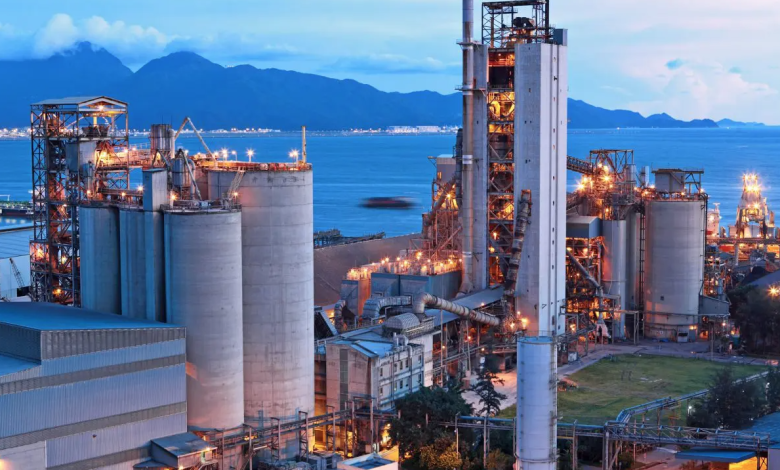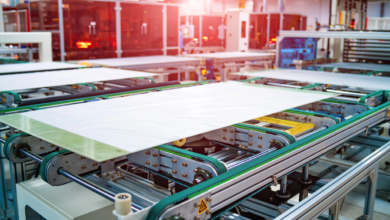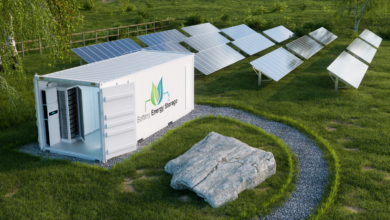Supercritical CO2 makes it possible to develop more compact and less complex power plants
(Sustainabilityenvironment.com) – Over 18 million euro budget. 21 partners involved, including universities, companies and research institutions, from 11 European countries. Four years to reach the goal. These are the numbers that frame CO2OLHEAT, a research project aimed at demonstrating the advantages of supercritical CO2 (sCO2) in the exploitation of industrial waste heat. The initiative, which involves several Italian companies including ENEA and Politecnico di Milano, was born under the wing of Horizon 2020. It aims to build on the knowledge of the consortium from previous sCO2 projects.
Thanks to its chemical stability, low cost, wide availability and reliability, supercritical CO2 is an ideal working fluid, capable of making substantial improvements in different electrical generation processes. The new project will use this technology to optimize the use of lost thermal energy. In detail, the partners will demonstrate the feasibility of the first sCO2 plant in Europe on MW scale for the transformation of waste heat into electricity, as an alternative to the more traditional solutions with steam or Organic Rankine Cycle.
“sCO2 plants can overcome current technological limitations”, – pointed Giuseppe Messina, ENEA researcher and CO2OLHEAT project manager for the Agency”, resulting into less complexity and therefore lower costs compared to steam plants, higher efficiency due to the exploitation of industrial heat at higher temperatures, increased safety and lower flammability risk compared to organic fluid systems”.
How supercritical CO2 works
sCO2 represents the state in which carbon dioxide adopts properties halfway between a gas and a liquid. This occurs when temperature and pressure are brought above its critical point (31.0 °C and 72.8 atm). Its special features allow increasing power and efficiencies in the generation of energy in closed circuits and consequently to develop more compact and less complex power plants with a wide range of end applications (chemical, steel, glass, cement, ceramics).
“The sCO2 cycles are efficient and flexible, both from the point of view of the electric power supply and fuel,” explains Eugenio Giacomazzi, Head of the ENEA Laboratory of Process Engineering and Systems for energy decarbonisation.
“Replacing conventional plants with sCO2-based electricity generation technologies is a great opportunity for achieving the 2030/50 EU energy saving targets in full synergy with the strategies for using hydrogen in the hard-to-abate sectors”, Messina said.
The pilot plant in the Czech Republic
In the context of CO2OLHEAT, the national agency participates transversally in almost all the activities of the project, dealing with the development of technical and economic scenario analysis. The aim is to define the model, characteristics and requirements of the pilot plant. ENEA is also leader of the task force of identifying potential markets application of the technology.
After the preliminary phase dedicated to the study and analysis, the consortium will develop a 2MW electric pilot plant to be integrated into the CEMEX cement plant in Prachovice (Czech Republic). In this industrial plant, the innovative technologies based on sCO2 will be demonstrated in an electricity generation plant, which must be flexible, innovative, economically sustainable and replicable in other industrial contexts. The project also envisages six virtual replication sites in different countries: glass industries (Turkey), aluminum (Greece), steel (Spain), an incinerator (Belgium), an electricity generation plant (France) and a solar plant. (Spain).






